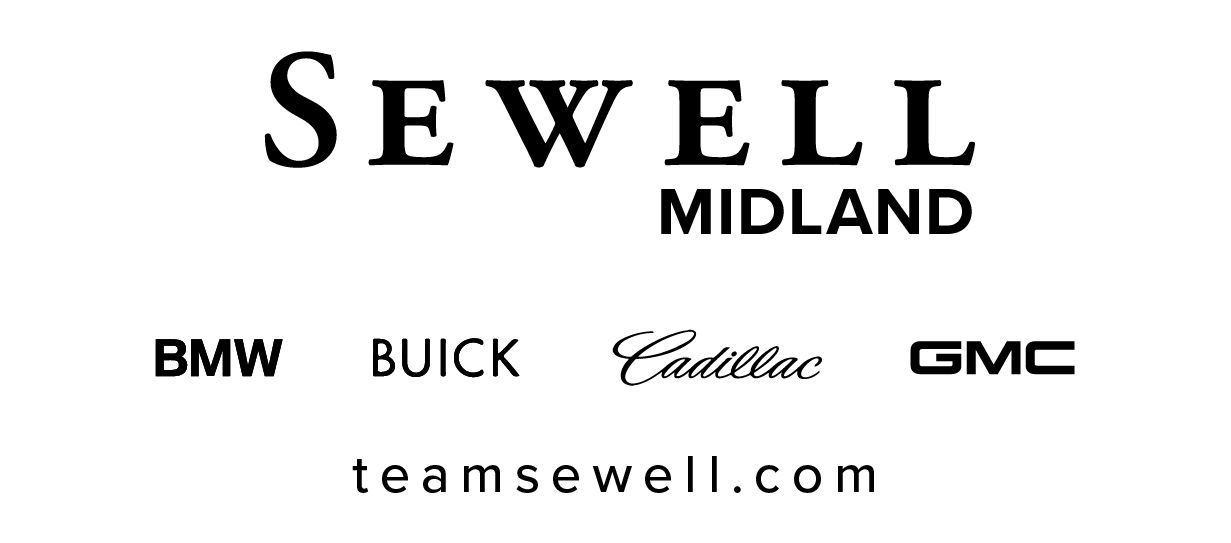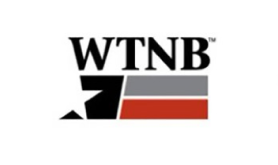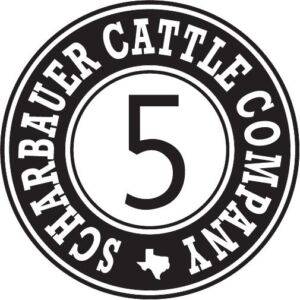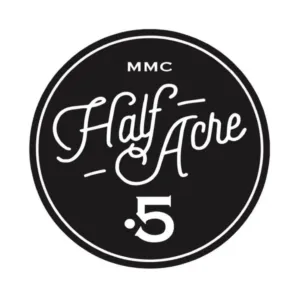Come Watch
Watching a polo match can be an exhilarating and captivating experience. The sport’s fast-paced nature and skilled horsemanship, as players expertly navigate their horses to strike the ball with precision, provides an adrenaline-inducing spectacle.
Beyond the game itself, the majestic backdrop of lush green fields right in the heart of Midland, the elegance of players and their horses, and the vibrant social atmosphere contribute to a delightful experience for the whole family.
Whether drawn to the historical significance and tradition of the “Sport of Kings” or simply seeking an enjoyable and unique event, spectators can relish the blend of athleticism, aesthetics, and cultural allure that a polo match offers.
Polo matches and tournaments at Midland Polo are open to the public, allowing people to witness the sport firsthand and enjoy the unique atmosphere. Come out with the family and pack a picnic basket for a Sunday tailgate you wont forget.

2025 Polo Schedule
All games are open to the public. Sunday games at 2pm & 3pm. Schedule subject to change due to weather, stay informed via social media.
-
-
13thLegging Up
-
20thTumbleweed Showdown
-
27thSpring Fling
-
-
4thCinco de Mayo
-
11thPumpjack Classic
-
18thTall City Tournament
-
25thJack Rabbit Classic
-
June 1st- Spring Finale
-
-
7thLegging Up
-
14thTall City Cup
-
21stJack Rabbit Classic
-
28thPermian Cup
-
-
5thGalindo Memorial
-
12thOctoberfest Challenge
-
19thHarvest Cup
-
26thFloyd Memorial


Events & Impact
We love to use polo to raise money for worthwhile causes. The wide open spaces of our grounds lend themselves as a picturesque venue to hold various nonprofit fundraisers, corporate events and family picnics for our social members. Every other year we hold Chukkers for Children, a polo exhibition, dinner, live music and dancing under the stars benefiting the Bynum School.
“Perfect setting for all ages of our community to gather and feel proud of where they live!”
Polo Basics
Polo is always a great excuse to pack a charcuterie tray or just your picnic lunch and see all of your friends. We encourage you to back up your vehicle and have a great time watching from your tailgate or hatchback.
We have all seen Pretty Woman, right? Then you probably know about the age old tradition of the divot stomp. When the game breaks at halftime, spectators are invited onto the field to socialize and replace the mounds of earth (divots) that are torn up by the horses’ hooves during the game. So get out there, meet new people, move around after the first half and help keep the field safe and beautiful.
Midland Polo dress is casual and laid back. You are encouraged to dress up if you would like or come in your jeans and cowboy boots.
As in any sport there are factors you have to be mindful of as a spectator. In baseball, foul balls may fly into the stands; in golf, a player may hit the ball off the course; and in basketball, a player may fall into the seats. In polo it’s the same. A player may get a bad hit on the ball and it’ll go flying into the crowd, or if spectators aren’t paying attention a horse may come a little too close to them. It’s up to the spectators and the players to keep the game safe and enjoyable, so watch the game and keep an eye on what’s happening around you. When driving in, please be mindful of the action on the field, if the horses are charging toward the goal near the drive in, just stop and wait for the play to head the other direction before proceeding. Please return all polo balls hit out of bounds to the umpires, goal judges or other club officials.
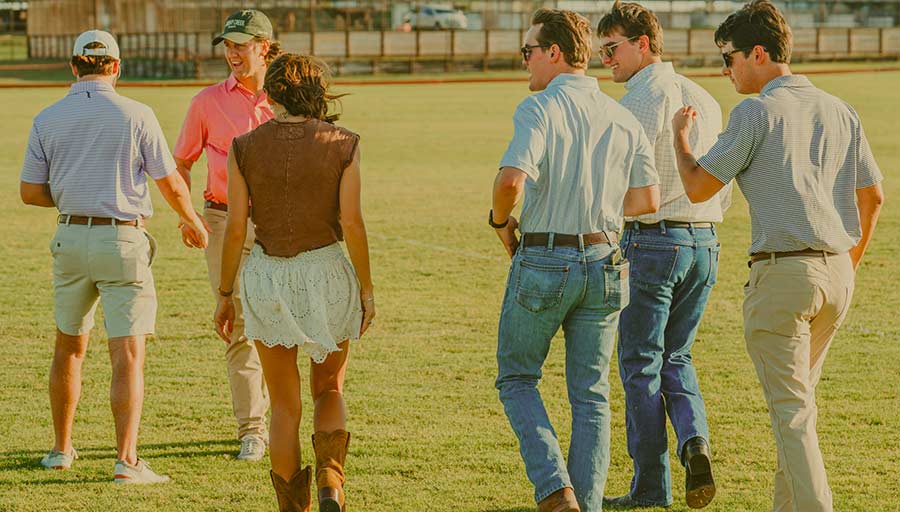
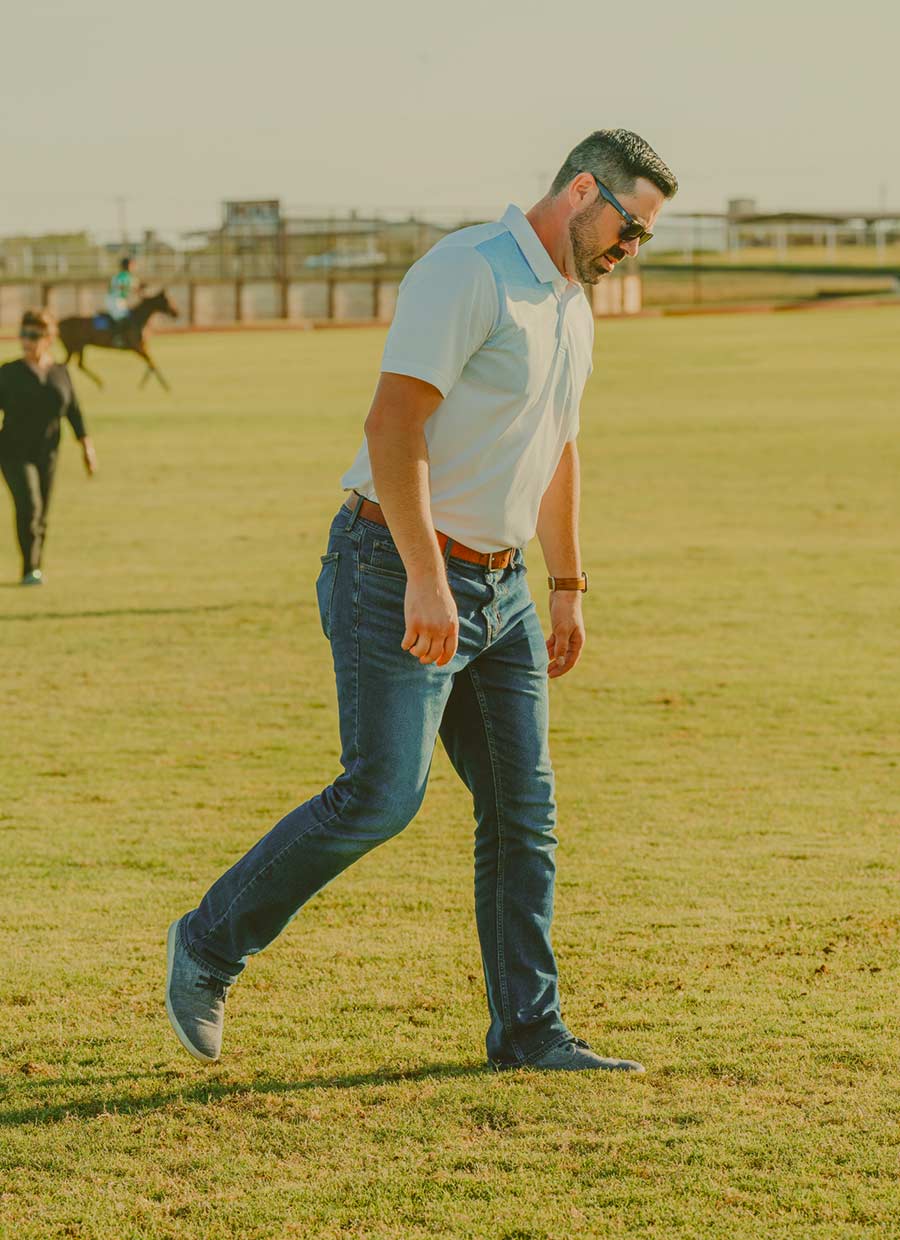

Understanding Polo
Appealing for a foul may be by voice or action. A demeaning comment or gesture is an appeal. The raising of the mallet in an attempt to draw the Umpire’s attention to a play is an appeal.
When the umpire starts or resumes the match by rolling the ball in, down the center of a line-up of players. A bowl in is also known as a throw in.
When a player directs his pony into the side of an opponent’s pony.
Also called a period. There are 4-6 chukkers in a polo game (4 in arena polo) each lasting 7 minutes and 30 seconds. If during the last 30 seconds the ball hits the side board or goes out of bounds, or if the umpire blows his whistle, the chukker is over. There is no overtime at the end of the 6th chukker, unless the score is tied, at which time a 7th chukker will be played until the first goal is scored. A player returns to each chukker on a different horse, although he may rest one for a chukker or two and play him again.
An unofficial goal observer appointed to signal, by waving a flag over the head if a goal is scored or under the waist if no goal is scored.
Whistle is usually blown for infractions of rules governing play on the field. It is usually blown for hazardous riding or improper use of the mallet. The umpire can award anything from a free goal to a free hit from a determined distance when a foul is called.
Anytime the ball crosses the line between the goal posts, regardless of who (including ponies) knocks it through.
Each player has earned himself a handicap ranging from -1 to 10. The higher the handicap, the better the player.
Overtime is sometimes played when a draw is reached at the end of the sixth chukker. A seventh chukker will resume until the final goal is scored.
The best polo ponies are of Thoroughbred blood with the heart, speed, wind, stamina, and the ability to accelerate, stop and turn quickly. Their temperament must be amenable to the rigors of the game. There is no height limit, although most are smaller, between 15 and 15.3 hands. The age of a pony is generally between 5 and 15 years old.
Players have the option of using a spare or substitute horse during a chukker. This is done when their playing pony fatigues or is injured.
2 mounted umpires consult each other after each infringement and impose a penalty only if they agree. If they do not agree they ride to the sidelines to confer with the 3rd man, know as the referee.
Rules of the Game
The rules of polo are written and enforced to keep both player and pony safe on the field. Umpires enforce their guidelines by blowing whistles when penalties occur.

Each of the 4 players on a team wears a jersey with the number 1, 2, 3 or 4 on his/her back. Each number corresponds to their assigned position.
Polo is a team sport, with each of the 4 team members playing a specific position, yet supporting the entire team in both offense and defense.
The line of the ball is created once the ball is struck and does not change until it is struck again, sending the ball in a different direction. The line of the ball is used in many ways, most importantly to act as an imaginary buffer to avoid collisions when two or more players ride to the ball. The players must hit the ball to their right side (the “off side”) and may not cross the line of the ball. Doing so would cause a hazardous situation.
At the start of a game, the umpire bowls the ball by hand firmly between the line-up of the two teams.
Teams change direction in which they are playing after each goal is scored and/or after each chukker. Switching sides allows each team an opportunity to start with the ball being bowled in on their right-hand-side.
All players must play right-handed.
All players registered with the U.S. Polo Association are rated from -2 goals (novice) to 10 goals (the best). Handicaps are a scale of skill. A team’s handicap is the total sum of its players’ ratings.
Penalties and/or injuries may stop play, as there are no time-outs or substitutions allowed, except for tack repair.
A player may “ride-off” his opponent in order to spoil his shot. The angle of the collision or bump must be slight and pose no serious danger to rider or horse.
All players on the field are able to score goals.
There are degrees of dangerous and unfair play and penalty shots are awarded depending on the severity of the foul and where the foul was committed on the field.
A player can interfere with another’s shot by putting his mallet in the way of the striker’s swing. However, it is a foul to hook too high or reach over the player’s horse.
Ponies are typically switched out at the end of each chukker.
Field Facts
A polo field is the same size of 9 football fields. It is 300 yards long and 160 yards wide.
There are goal posts on each end of the field that are 24 feet apart.
There are lines at 30, 40 and 60 yards out from the goal line that are used for penalty shots.





